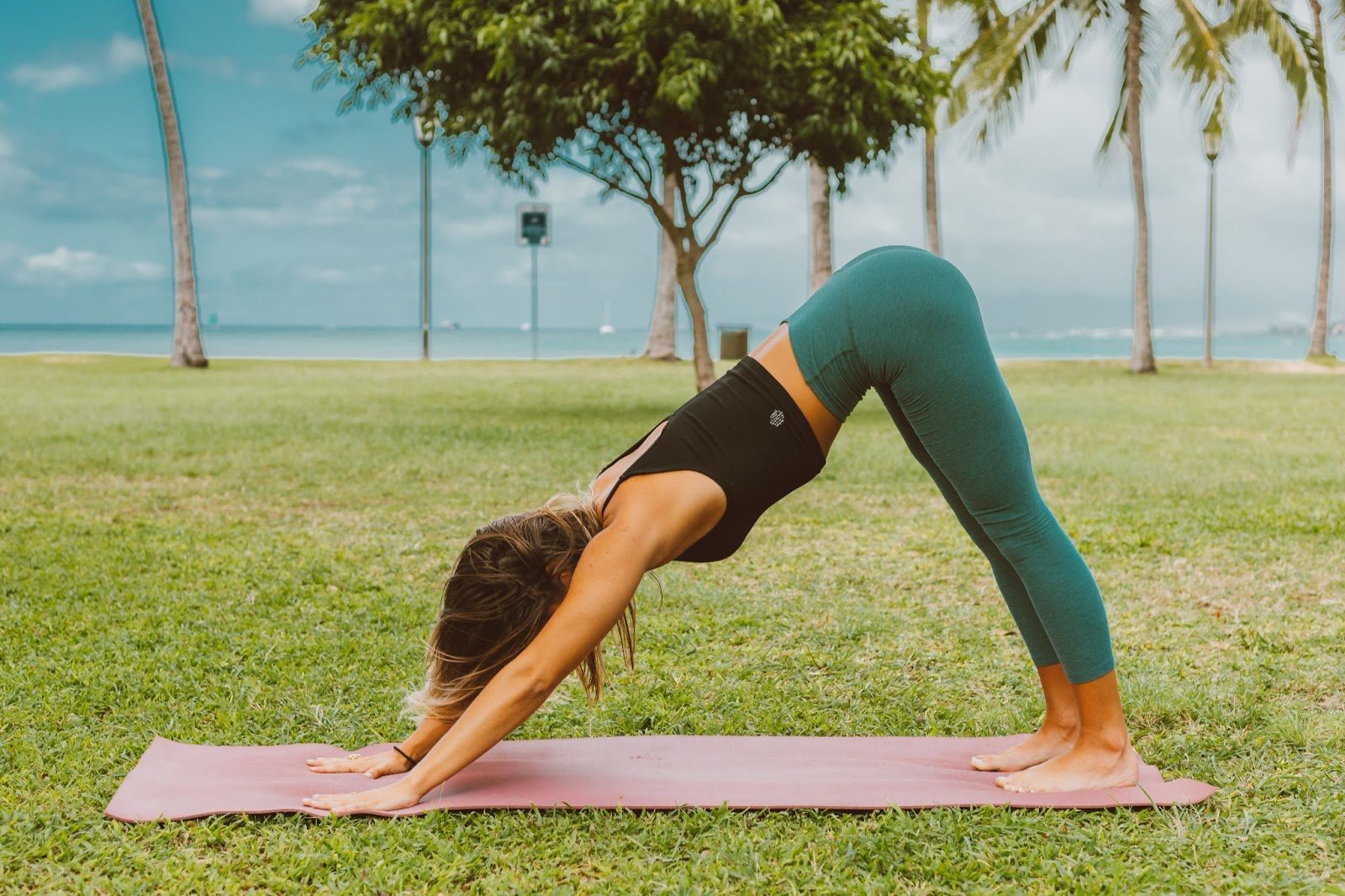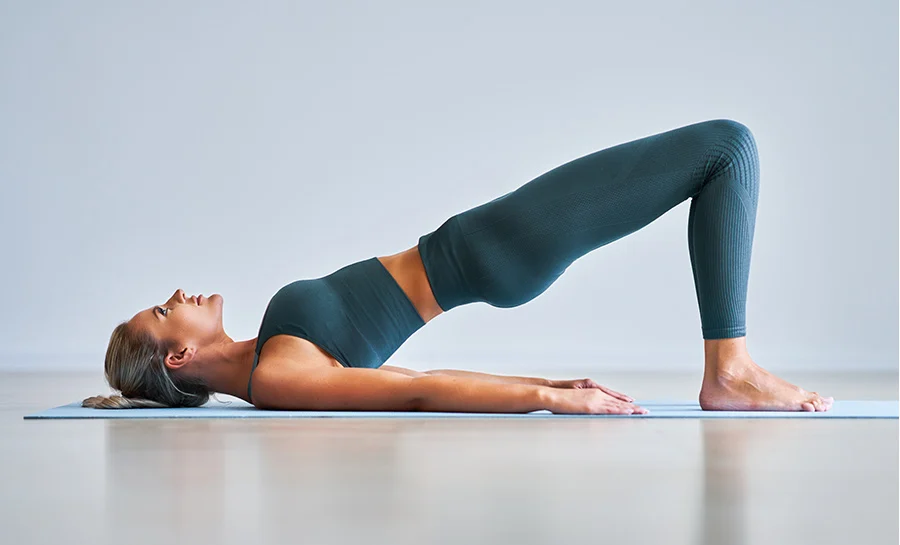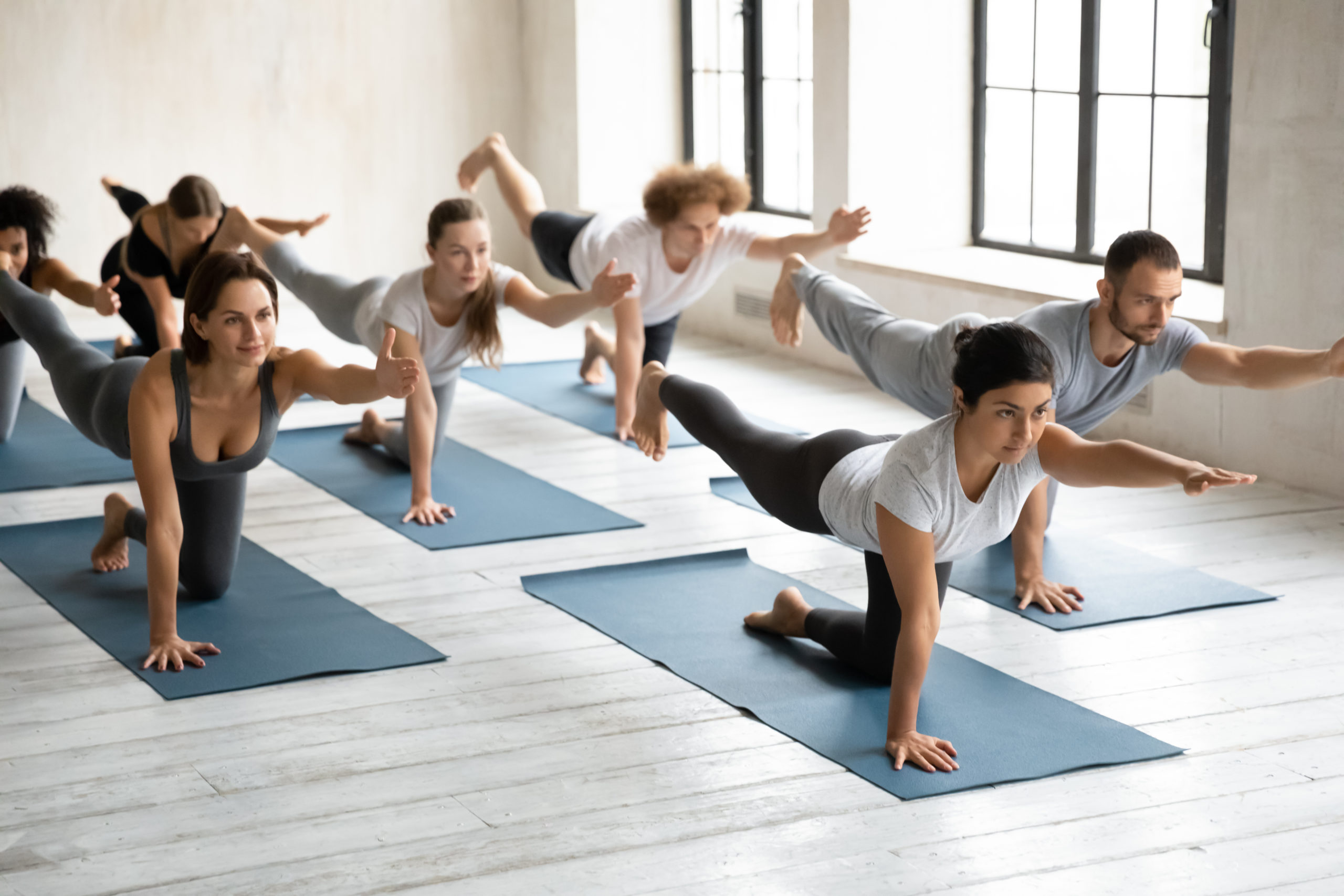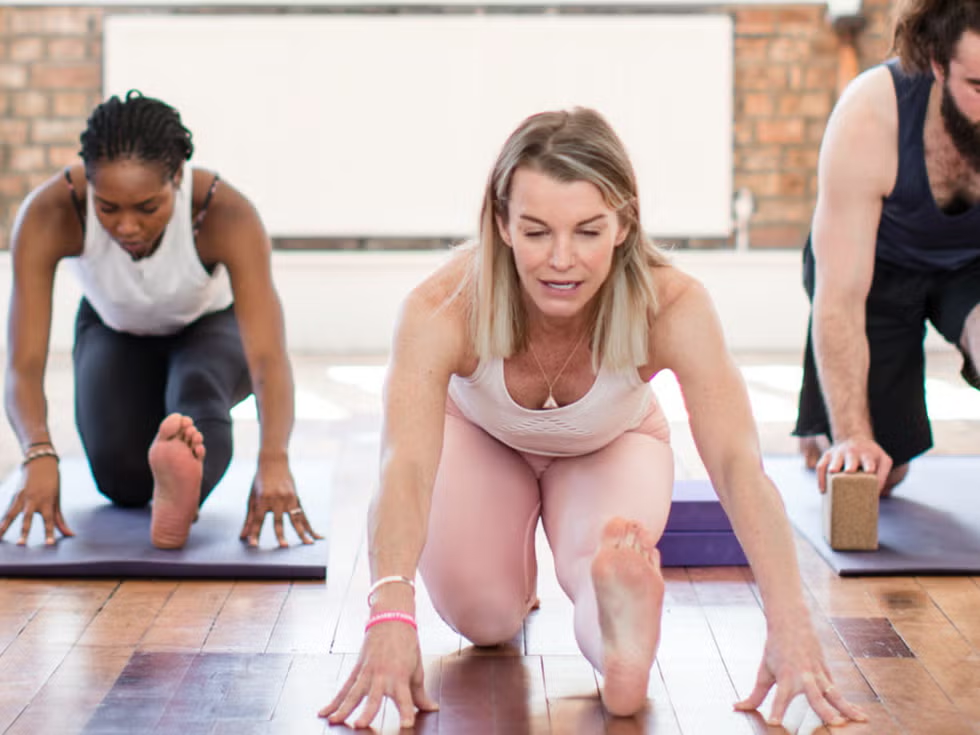Yoga and Pilates are both exceptional practices for improving flexibility, but they approach this goal through different methodologies and philosophies. While both disciplines offer significant benefits for enhancing range of motion and physical well-being, understanding their unique characteristics can help you make an informed decision about which practice might be more suitable for your flexibility goals.
The question of whether yoga or Pilates is better for flexibility doesn’t have a simple answer, as both practices excel in different areas of flexibility enhancement. Yoga, with its ancient roots in spiritual philosophy, emphasizes deep stretching, holding poses for extended periods, and creating length throughout the entire body. The practice incorporates a wide variety of poses that target specific muscle groups while promoting flexibility through sustained stretches and mindful breathing techniques.
Pilates, developed by Joseph Pilates in the early 20th century, takes a more targeted approach to flexibility by focusing on core strength, precise movements, and controlled stretching. This method emphasizes the “powerhouse” or core region as the source of all movement, creating stability while simultaneously improving flexibility through dynamic, controlled exercises. The practice combines strengthening and stretching in a unique way that builds flexibility without sacrificing muscular support.
Research indicates that both practices can significantly improve flexibility, but they do so through different mechanisms. Studies show that yoga practitioners can improve their flexibility by up to 35% after just 8 weeks of consistent practice. Meanwhile, Pilates offers the advantage of building strength while enhancing flexibility, creating a more balanced approach to physical conditioning. The choice between these two practices often depends on your individual goals, physical condition, and personal preferences for movement style and intensity.
How Yoga Enhances Flexibility

Yoga’s approach to flexibility is comprehensive and multifaceted, working on both physical and mental aspects of movement. The practice involves holding poses (asanas) for extended periods, which allows muscles to gradually lengthen and adapt to new ranges of motion. This sustained stretching approach is particularly effective for improving flexibility because it gives connective tissues time to adapt and lengthen safely.
Deep Stretching and Muscle Lengthening
The foundation of yoga’s flexibility benefits lies in its emphasis on deep, sustained stretches that target multiple muscle groups simultaneously. Poses like forward bends work extensively on the hamstrings and back muscles, while hip openers address tight hip flexors and groin muscles. The practice includes specific sequences designed to systematically work through different areas of the body, ensuring comprehensive flexibility development.
Yoga’s breathing techniques play a crucial role in flexibility enhancement. Deep, controlled breathing helps relax muscles and increase blood flow to stretched tissues, making them more pliable and responsive to stretching. This mind-body connection allows practitioners to work deeper into poses while maintaining awareness of their body’s limits, reducing the risk of injury while maximizing flexibility gains.
Holistic Body Approach
Unlike many other forms of exercise, yoga addresses flexibility from a whole-body perspective. The practice includes poses that work on spinal mobility, shoulder flexibility, hip opening, and leg stretching in integrated sequences. This comprehensive approach ensures that no area of the body is neglected, creating balanced flexibility throughout the entire musculoskeletal system.
The variety of yoga styles also allows practitioners to choose approaches that best suit their flexibility goals. Yin yoga focuses on passive, long-held stretches that deeply target connective tissues, while more dynamic styles like Vinyasa combine movement with stretching to build both strength and flexibility simultaneously.
How Pilates Improves Flexibility
Pilates takes a more structured and targeted approach to flexibility enhancement, focusing on precise movements that simultaneously build strength and increase range of motion. The method’s emphasis on core stability creates a strong foundation from which flexibility can be safely developed.
Controlled Movement and Precision
The hallmark of Pilates is its emphasis on controlled, precise movements that challenge both strength and flexibility simultaneously. Exercises like the Saw and Spine Stretch specifically target spinal mobility and hamstring flexibility while requiring core engagement and postural awareness. This approach ensures that flexibility gains are supported by adequate strength, reducing the risk of injury and creating more functional movement patterns.
Pilates exercises often involve dynamic stretching, where muscles are lengthened through movement rather than static holds. This type of stretching can be particularly effective for improving functional flexibility – the kind of flexibility needed for daily activities and athletic performance.
Targeted Muscle Group Work
One of Pilates’ strengths is its ability to target specific muscle groups that commonly become tight or restricted. Hip opener exercises address hip flexor tightness, while spinal articulation movements improve vertebral mobility. This targeted approach allows practitioners to address specific flexibility limitations more directly than might be possible with other forms of exercise.
The use of specialized equipment like the Reformer provides resistance and support that can enhance stretching effectiveness. The equipment allows for assisted stretching and provides feedback that helps practitioners understand proper alignment and muscle engagement during flexibility exercises.
Comparative Analysis: Yoga vs Pilates for Flexibility

When comparing yoga and Pilates for flexibility enhancement, several key differences emerge that can help guide your choice between the two practices.
Approach and Philosophy
Yoga approaches flexibility from a holistic perspective, viewing physical flexibility as interconnected with mental and spiritual well-being. The practice emphasizes opening and lengthening, with movements that often involve freer expression and longer holds. This approach can be particularly beneficial for those seeking not just physical flexibility but also stress relief and mental clarity.
Pilates, conversely, approaches flexibility from a more biomechanical perspective, focusing on precise movement patterns and core stability. The practice emphasizes controlled movement from the “powerhouse” or core region, creating stability before mobility. This approach may be more appealing to those who prefer structured, targeted exercises with clear biomechanical principles.
Intensity and Pace
Yoga typically involves holding poses for extended periods, allowing for deep, passive stretching that can create significant flexibility gains over time. The pace is generally slower and more meditative, which can be beneficial for stress reduction and deep tissue release.
Pilates usually involves more dynamic movement with shorter holds, combining strength and flexibility work in flowing sequences. This approach can be more time-efficient for those seeking both strength and flexibility benefits in a single workout.
Specific Benefits Comparison
Stretching Style:
-
Yoga: Static, long-held poses
-
Pilates: Dynamic, controlled movements
Focus Area:
-
Yoga: Whole-body flexibility
-
Pilates: Core-centered flexibility
Intensity:
-
Yoga: Variable, often gentle
-
Pilates: Moderate, controlled
Equipment Needed:
-
Yoga: Minimal (mat, props)
-
Pilates: Can use specialized equipment
Mental Component:
-
Yoga: Strong emphasis on mindfulness
-
Pilates: Focus on precision and control
Injury Risk:
-
Yoga: Low with proper instruction
-
Pilates: Very low due to controlled nature
Making the Right Choice for Your Flexibility Goals

The decision between yoga and Pilates for flexibility improvement ultimately depends on your individual needs, preferences, and goals. Both practices offer significant benefits, and many practitioners find that combining elements of both creates the most comprehensive approach to flexibility enhancement.
Choose Yoga If:
-
You prefer a more holistic approach that includes mental and spiritual elements.
-
You enjoy holding poses for longer periods and working deeply into stretches.
-
You’re seeking stress relief and relaxation alongside flexibility improvement.
-
You want a practice with minimal equipment requirements.
-
You’re interested in exploring different styles and intensities of practice.
Choose Pilates If:
-
You prefer structured, precise movements with clear biomechanical principles.
-
You want to build strength while improving flexibility.
-
You’re recovering from injury or have specific postural issues.
-
You enjoy working with equipment and props.
-
You prefer shorter, more dynamic movements over long-held stretches
The Combined Approach
Many flexibility experts recommend incorporating elements of both yoga and Pilates for optimal results. Yoga’s deep stretching and mindfulness can complement Pilates’ strength-building and precision, creating a well-rounded approach to flexibility enhancement.

